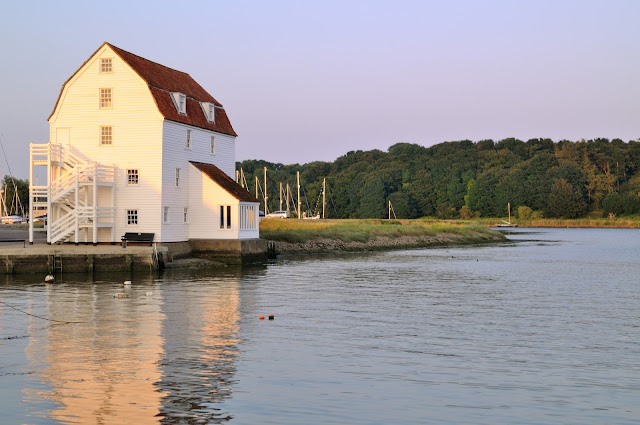Beccles - a brief visit

Beccles town is made up of small market squares and winding streets nestled by the River Waveney. It is a town that I have heard of, but never visited. The only reason for this overnight stay was to have a base for Rosey to do part of her walk challenge. We had booked an overnight stay in the Waveney Hotel which was beautiful, not only for the hotel itself but its gorgeous position beside the River Waveney and the spectacular church opposite. We will definitely go again! A view of the hotel from the church grounds with the river and barges behind My view as I sat and had breakfast. The church of St Michael the Archangel, opposite the Hotel, is a magnificent medieval building sited on a high scarp over looking the river Waveney. It has been at the centre of the life of the town since its foundation in 1369 and is still a thriving parish church. In 1749 Edmund Nelson, who had previously been a curate at St Michael's, married Catherine Suckling, from nearby Barsham, in St Michael'...

